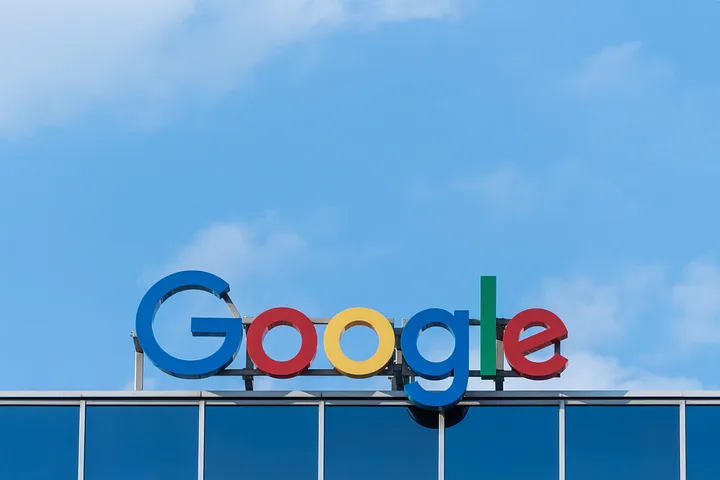Google AI coding investment has increased by a significant figure in mid‑2025 with a $2.4 billion acquisition of Windsurf, the first company to build AI-powered coding technology, in order to gain talent and tech. The strategic acquisition has been made to help Google develop highly sophisticated AI coding for its Cloud and Workspace products at a faster speed. For businesses, developers, and competing platforms, understanding these five trailblazing implications is crucial to stay ahead in a rapidly evolving world of technology.
Trailblazing Developer Productivity Growth
The biggest and most significant benefit of Google AI coding investment is that it reflects a record developer productivity growth. As Windsurf’s machine learning-powered coding models are combined with Google Cloud’s Workspace and Integrated Development Environments, developers will be able to leverage code suggestions, auto-completions, and real-time error detection powered by cutting-edge machine learning. This reduced time spent on manual debugging and feature release speeding up. Early beta customers’ pilots achieved up to 40 percent cost savings on mundane coding tasks, allowing teams to devote more time to architecture, testing, and innovation.
A New Front in the AI Coding Arms Race
Google’s $2.4 billion purchase underscores the heating-up fight among technology titans to control the market for AI code software. Microsoft GitHub Copilot has had its way since 2021, but Google AI coding investment is a direct challenge. With its massive compute capability and cloud infrastructure, Google can work on more sophisticated models on internal data. Surely, this will encourage competition to follow suit, to the advantage of more advanced predictive coding, multi-language-enabled, and context-aware recommendations-capable developers. The result: faster feature updates across the board.
Convergence of Cloud and Workspace with Ease
Unlike stand-alone coding assistants, Google’s approach brings together AI coding smarts into the heart of the productivity suite. Envision composing an augmented script in Google Docs that creates companion functions automatically in Cloud Shell, or refining a Slides presentation that displays code examples in real time. Google AI investment in coding makes all these product-to-product experiences possible. By integrating code generation, documentation, and deployment tools, developers can move from prototype to production without having to leave the Google platform. Deep integration of this kind removes context-switching friction and supports more developer-stakeholder collaboration that is not technical.
Democratizing High-Level AI Tools
Democratization of cutting-edge AI-enabled development tools is one of the primary goals of Google AI coding investment. Small companies and start-ups typically do not have the funds to license or create best-of-breed AI assistants. With Google acquiring Windsurf technology, these firms are able to use them on a pay-as-you-go basis using the metered pricing of Google Cloud at reasonable prices. They are also able to leverage these AI functionalities by schools and coding schools as an entry point for novice developers. With these advanced AI coding abilities available to all, Google fuels innovation and skill-building among the world’s developer population.
Security and Compliance Building
AI coding at scale has compliance and security needs, ranging from inadvertent exposure of code to licensing. Google investment in AI coding technologies satisfies these needs by injecting robust governance controls. All AI-code snippets are pre-scanned proactively against Google’s internal open-source license repositories and vulnerability signatures that are known to cause issues before they become available to developers. Active scanning guarantees recommended AI code to be compliant with security policy and licensing compliance, preventing legal exposure and protecting sensitive data. In regulated government, financial, and healthcare domains, this compliance layer makes code tools based on AI possible in open-sourcing regulated systems.
Getting Ready for the Next Chapter of Development
To realize the most value out of these emerging capabilities, teams must audit current workflows by identifying repetitive workloads and manual code verifications that are ripe for automation. They should pilot early by participating in Google Cloud preview initiatives for AI coding capabilities to provide feedback and influence the end product. Training teams through hands‑on sessions will ensure developers use AI recommendations responsibly, while updating security policies to integrate AI governance checks into CI/CD pipelines will maintain compliance. Finally, measure impact by tracking code velocity, defect rates, and deployment frequency to determine ROI.
Organizations that make this shift can translate Google’s $2.4 billion AI coding investment into a sustained competitive advantage—operating more efficiently, responding better to digital disruptions, and innovating with speed.
For deeper insights into emerging technology trends and expert analysis, visit our Tech Innovations page.



